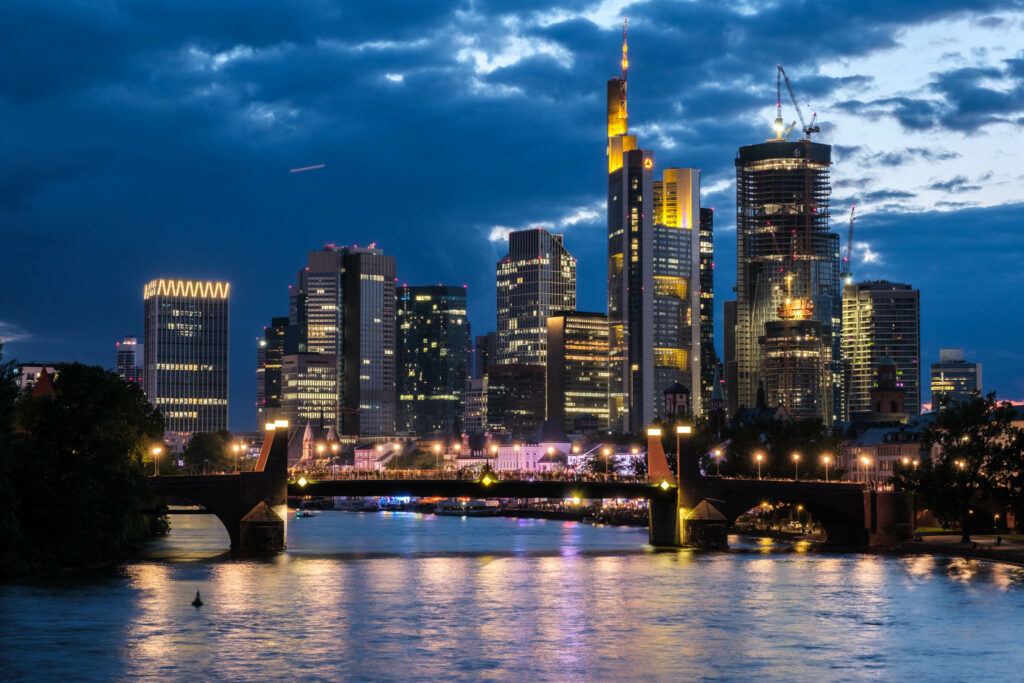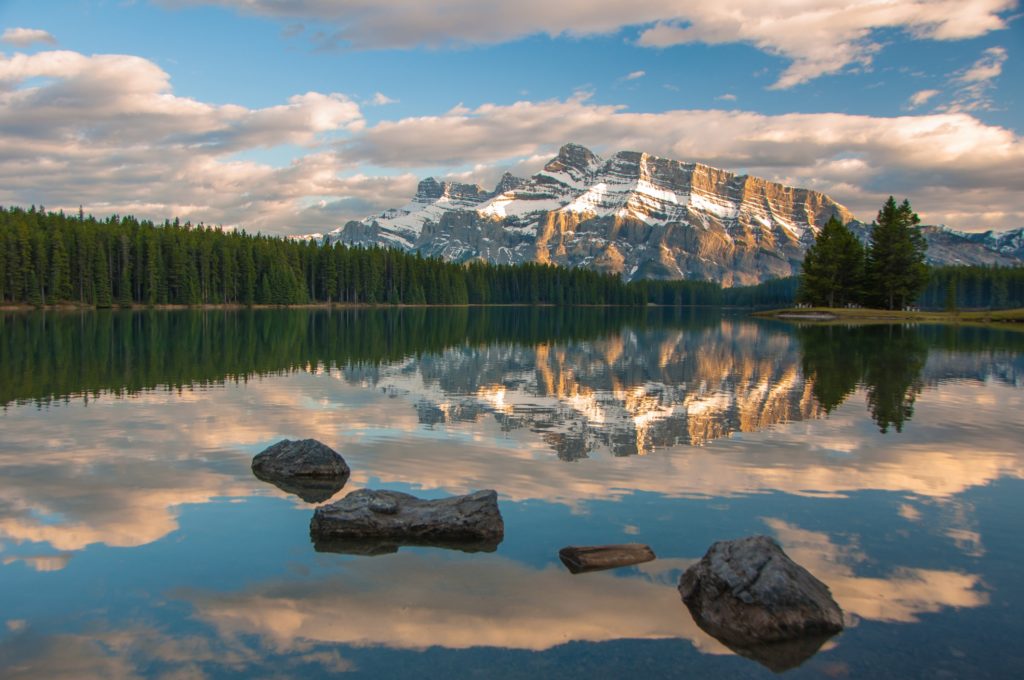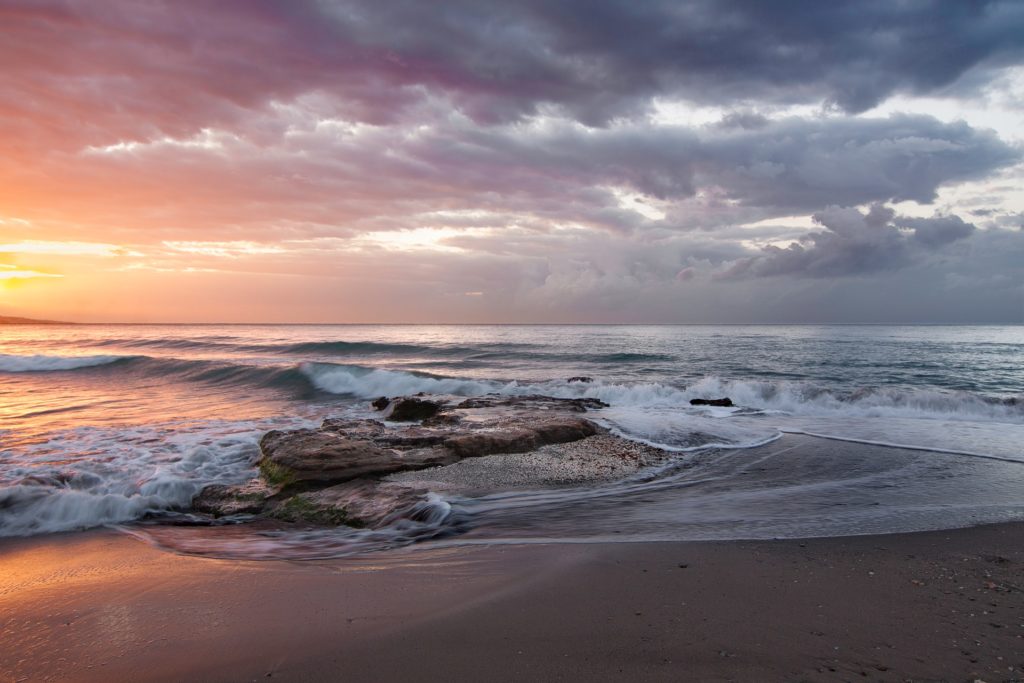As photographers, many of us strive to show the beauty of the world. A stunning landscape during golden hour, a beautifully lit medieval city during blue hour, perhaps a stunning model on a Caribbean beach. These genres are visually appealing, they make us want to photograph them and the viewer wants to be there.
However, beauty is not necessarily confined to the beautiful. Beauty is subjective and can be found everywhere from the mundane to the spectacular. One area, that I think can convey beauty is dereliction. A derelict location might not at first glance seem to be an attractive proposition to a photographer, but delve deeper and you will find that the derelict holds a fascination for many. Today we are going to look at finding beauty in the derelict.
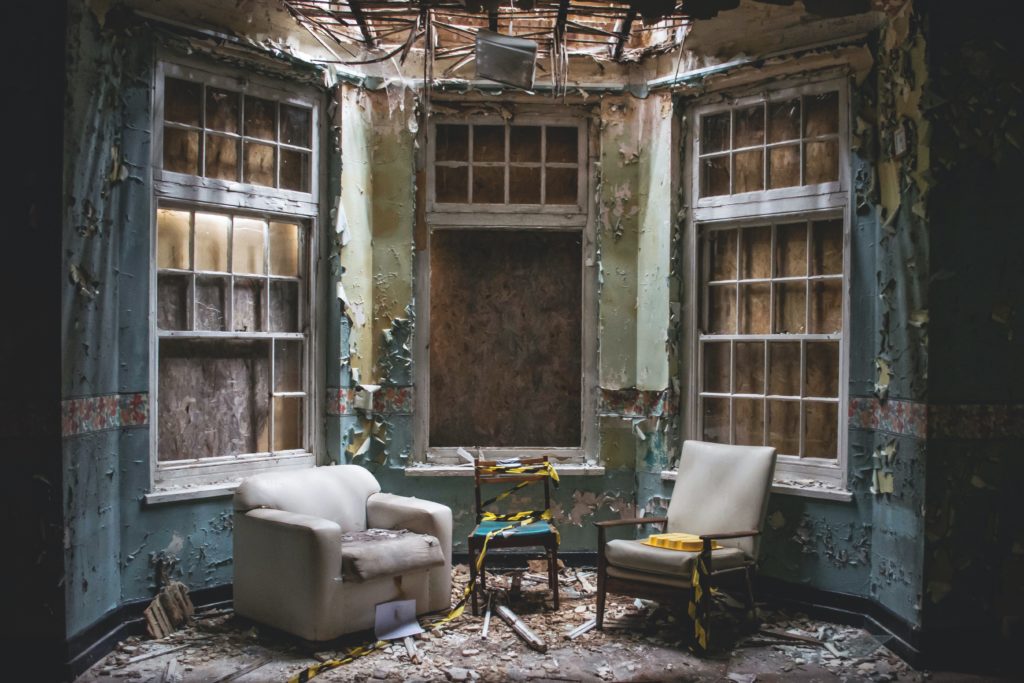
Why Are We Drawn To The Derelict
Many of us love a good ghost story. The mystery, the intrigue of a life long passed draws us in, compelling us to learn more. A derelict location provides us with that same stimulus. We are drawn to the many stories that the location hides. We are intrigued by the back story of the location. Why was it abandoned? What did the people here do?
Beyond the stories, a derelict location has a stillness. The abandonment of people gives us a blank canvas with which to shoot what we want, where we want. The lack of people and the quietness of a derelict location allows us to become much more creative. We have the freedom to move around and shoot, without distractions, without people coming up to you and requesting you take their photos. Derelicts sites are photographically speaking, liberating.
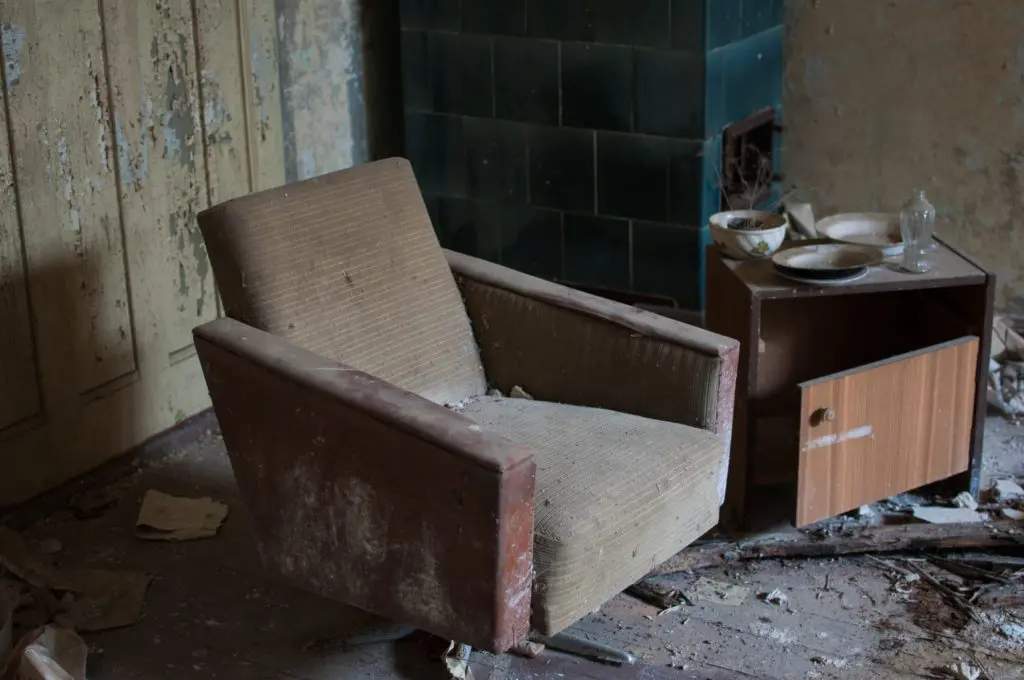
Shooting A Story
As mentioned we are drawn to the story that a derelict location tells. As photographers, we can attempt to tell that story visually. To do this we have to think a little like a documentary filmmaker. We start with the wide establishing shots. The derelict building in its location, nature reclaiming it, perhaps a stormy sky to enhance the feeling of isolation.
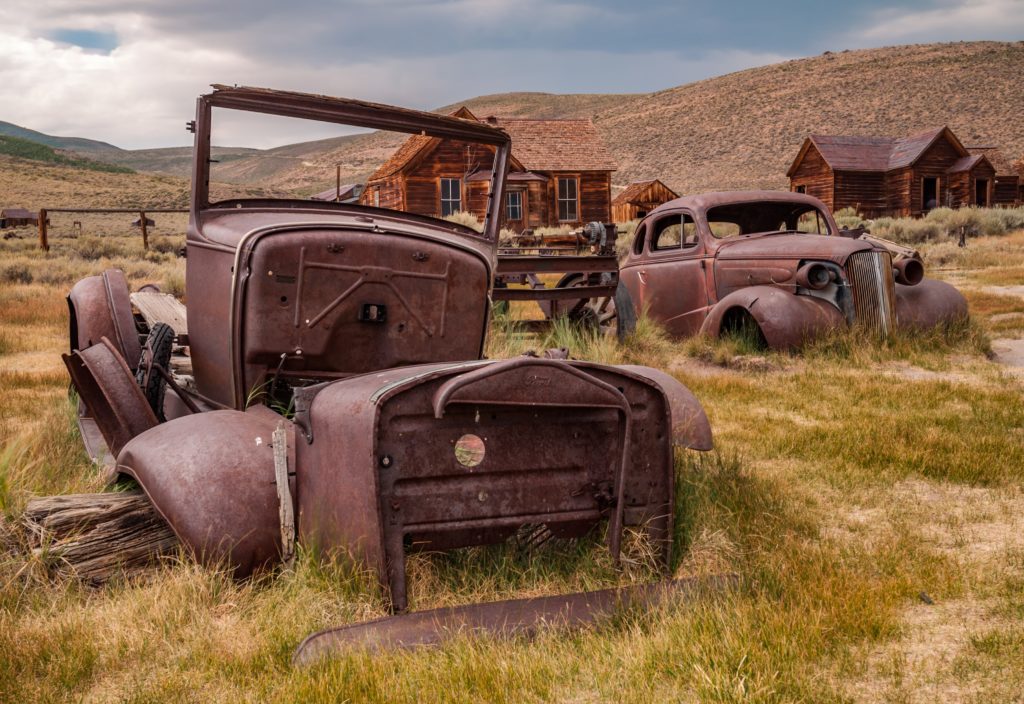
Once we have the establishing shots, we can shoot the mid-shots. These might include shots through a doorway or window, giving us a view into the building. They could also be a wide shot of an abandoned room with all the day-to-day paraphernalia that the people would have used. Mid shots can also be slightly tighter shots within a room. Think abandoned chair with a light stand beside it, or broken banisters on a ruined staircase.
The last part of documenting a story is the close shots. These are the little details of the lives long passed. An abandoned doll in a bedroom, rusting cogs in a long left machine, a mass of cobwebs in a window frame full of broken glass.
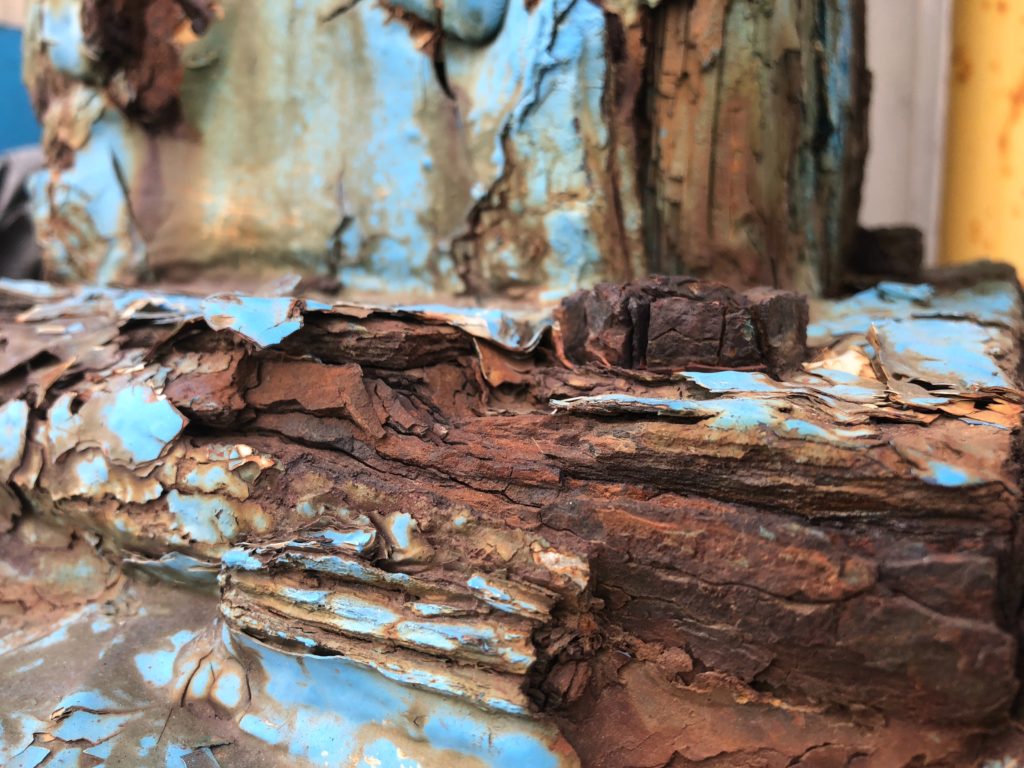
The wonderful thing about all these shots combining to tell a story is that it makes us look much deeper at the environment that we are in. Once we have got the establishing shots, we can spend hours hunting down the little details for our mid and close-up shots. The photographic possibilities of a derelict location are endless.
Muted Light, Muted Colors
The key to great derelict photography is the muted light. An overcast, perhaps slightly misty day works really well as it will punch out the muted colors of your exteriors. Autumn is a good time to shoot as the reds, yellows, and oranges of trees can contrast with the pastel colors of the man-made. Winter can also be a great time to shoot derelict exteriors, the bare trees adding the feel of isolation.
Stepping inside our derelict location, again an overcast day will suit us best. The soft exterior light may well be the only light we get in our scenes. That soft light will reduce shadows from around the window and door areas allowing our cameras to see into the darker recesses of the location.
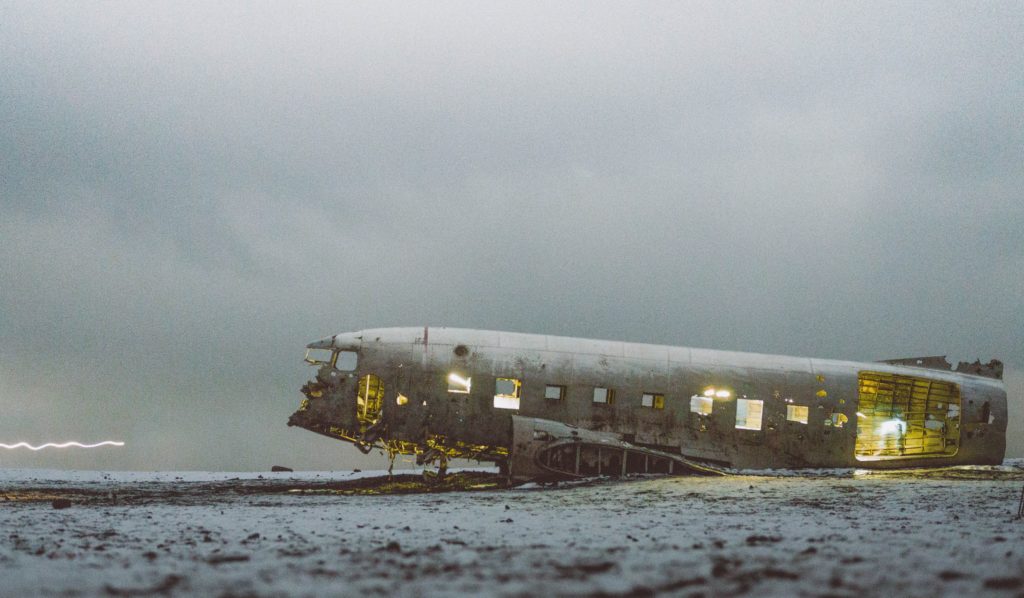
Shooting a derelict location in bright sunshine simply does not have the same visual effect as soft light. Colors become more vivid, more alive and the contrast becomes much higher. These two combine to make the place look more appealing and habitable, the opposite of what we are trying to achieve.
Equipment And Safety
Let’s start with your own personal safety. Derelict sites are, by their very nature, full of potential dangers. If you have no experience of shooting such locations, it’s highly advisable to go with someone who knows the location well. There is also the possibility that you are trespassing.
Many, well-known derelict locations, often have licensed tours by experienced guides. Perhaps the most well-known example of this is Chernobyl in Ukraine. There are many different types of tours, from large group tours to single escorted tours tailored to photographers. Where possible go on an organized tour or with someone that knows the location well.
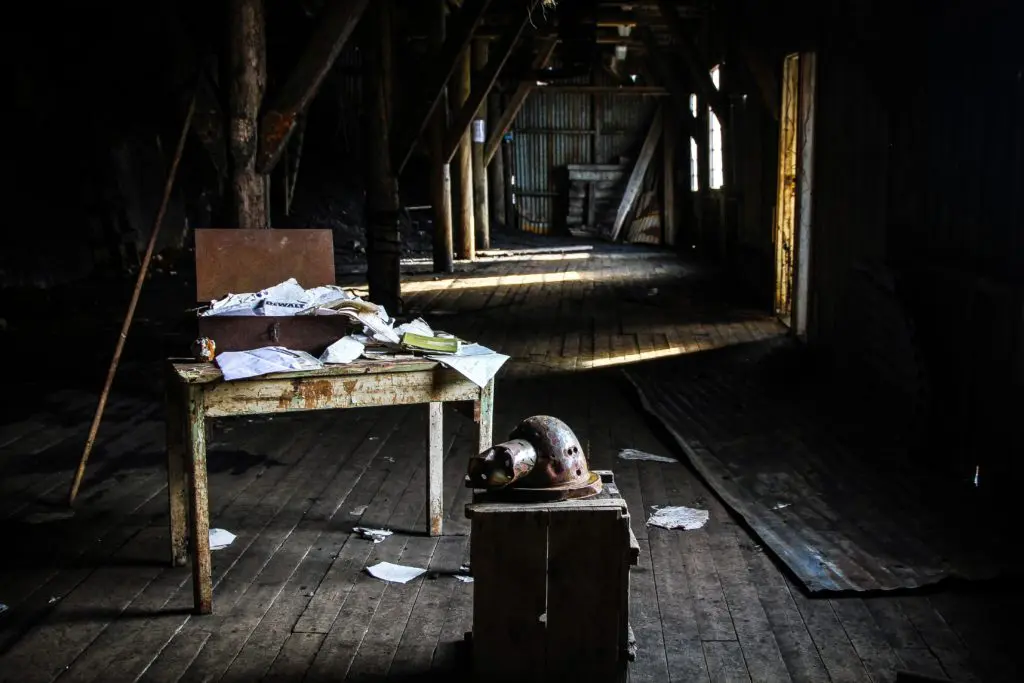
In terms of equipment, any decent DSLR or mirrorless camera is going to be fine. A good, ultra-wide-angle is a very useful lens to carry. It will allow you to get those all-encompassing, establishing shots as well as whole rooms in the interior.
A standard to moderate telephoto, preferably with a fast aperture will be ideal for mid and close shots in the interior. The fast aperture will allow you to get some nice shallow depth of field shots, perfect for the close-up parts of your derelict story.
A tripod would be useful for very dark locations but also may hinder your ability to move and shoot freely. A portable flash may be a good alternative for smaller interior rooms. In terms of non-photographic equipment, a torch will be very useful as well as keeping a well-charged mobile phone for emergencies. Old clothes and good footwear are also the order of the day.
Derelict locations can be incredibly diverse and photogenic. The key to shooting them successfully is to try and tell a story, to engage your viewers.
Do you have a favorite derelict location? Let us know in the comments below.


